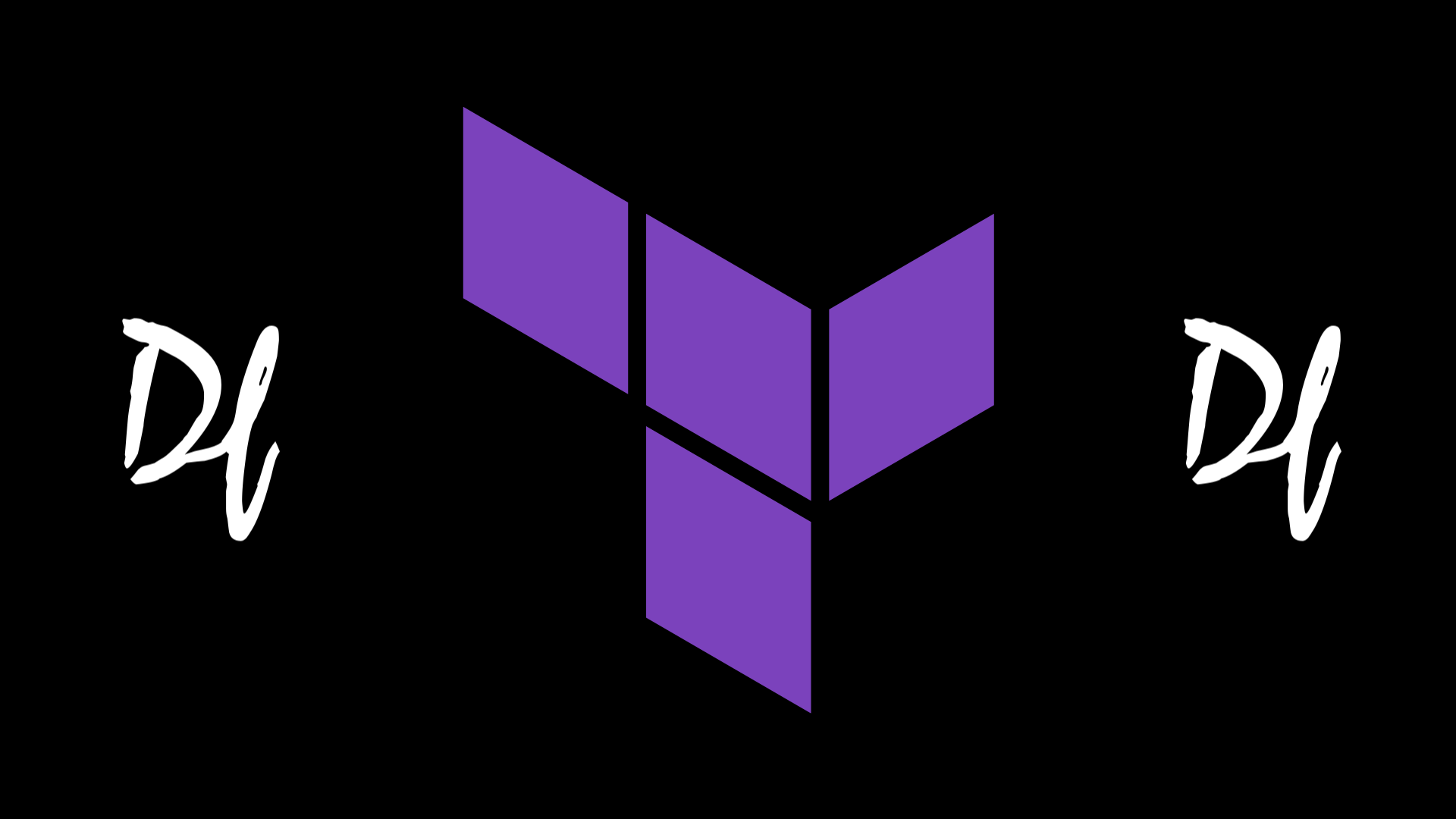Terraform: A Game-Changer

Terraform, a tool developed by HashiCorp, has revolutionized how developers deploy code. This open-source infrastructure as code (IaC) software tool enables developers to define and provide data center infrastructure using a declarative configuration language.
What is Infrastructure as Code (IaC)?
Infrastructure as Code (IaC) manages and provides computing infrastructure with machine-readable definition files rather than hardware configuration or interactive configuration tools. It's a way to automate your infrastructure to make it quicker, more efficient, and less error-prone.
The concept of IaC revolves around the idea of declarative programming. Instead of writing code to perform iterative or procedural actions based on the current state of your environment, you describe what the expected state of your environment should look like, and Terraform will perform the necessary changes to achieve it. This approach keeps the definition of your system concise and understandable, even as the infrastructure becomes more complex.
Why Use Terraform?
Terraform is not the only tool that can do infrastructure as code, but it's probably the most ubiquitous. It allows you to build, change, and version Cloud resources safely and efficiently. Here are some of the key benefits of using Terraform:
Deterministic and Repeatable Method for Managing Infrastructure: With Terraform, tearing down an entire environment and rebuilding it is possible in just two steps. This makes managing your infrastructure more predictable.
Version Control: By checking your code into a Version Control System such as Git, you get all its benefits, such as having your IaC reviewed by other developers and having a log of changes made to your environment.
Automation: Terraform allows you to automate the deployment process. For example, rather than manually deploying any changes you make to your Lambda function each time you make them, you can set up a continuous deployment pipeline to apply your changes whenever you commit to your main branch.
Deploying Infrastructure with Terraform
To illustrate Terraform's work, consider a simple scenario: deploying an app with an AWS Lambda function, an SQS queue, and an S3 bucket. Here's how you can use Terraform to deploy this infrastructure:
Install Terraform: The first step is to install Terraform on your system. You can use a tool like then, which allows you to manage different versions of Terraform.
Define Your Infrastructure: In Terraform, you define your infrastructure in .tf files using the HashiCorp Configuration Language (HCL). For example, you can specify an S3 bucket resource in a file called main.tf.
Initialize Terraform: Once you've defined your infrastructure, you can initialize Terraform in your project directory using the
Terraform initcommand. This command downloads the necessary provider plugins.Plan and Apply Changes: With Terraform, you can see the changes that will be made to your infrastructure before they are applied. You can do this using the
terraform plancommand. You can apply the changes using the Terraform apply base if everything looks good.Destroy Resources: If you want to tear down the resources you've created, you can use the
terraform destroycommand.
Conclusion
Terraform has forever changed the way developers deploy code. It brings a level of automation and predictability to infrastructure management that was previously difficult to achieve. By treating infrastructure as code, Terraform allows developers to take full advantage of version control systems and continuous integration/continuous deployment (CI/CD) pipelines, leading to more reliable and efficient infrastructure deployments.
However, as with any tool, using Terraform responsibly is essential. Always review the changes that Terraform plans to make before applying them, and be mindful of the resources you create to avoid unnecessary costs. And remember, while Terraform can make your life much easier, it's not a silver bullet. It's a powerful tool in a developer's toolkit but must be used with good practices and careful planning.
Ultimately, using a tool like Terraform makes your infrastructure more manageable, reliable, and efficient. Treating your infrastructure as code can bring all the benefits of modern software development practices to the infrastructure management world. And that's a game-changer.